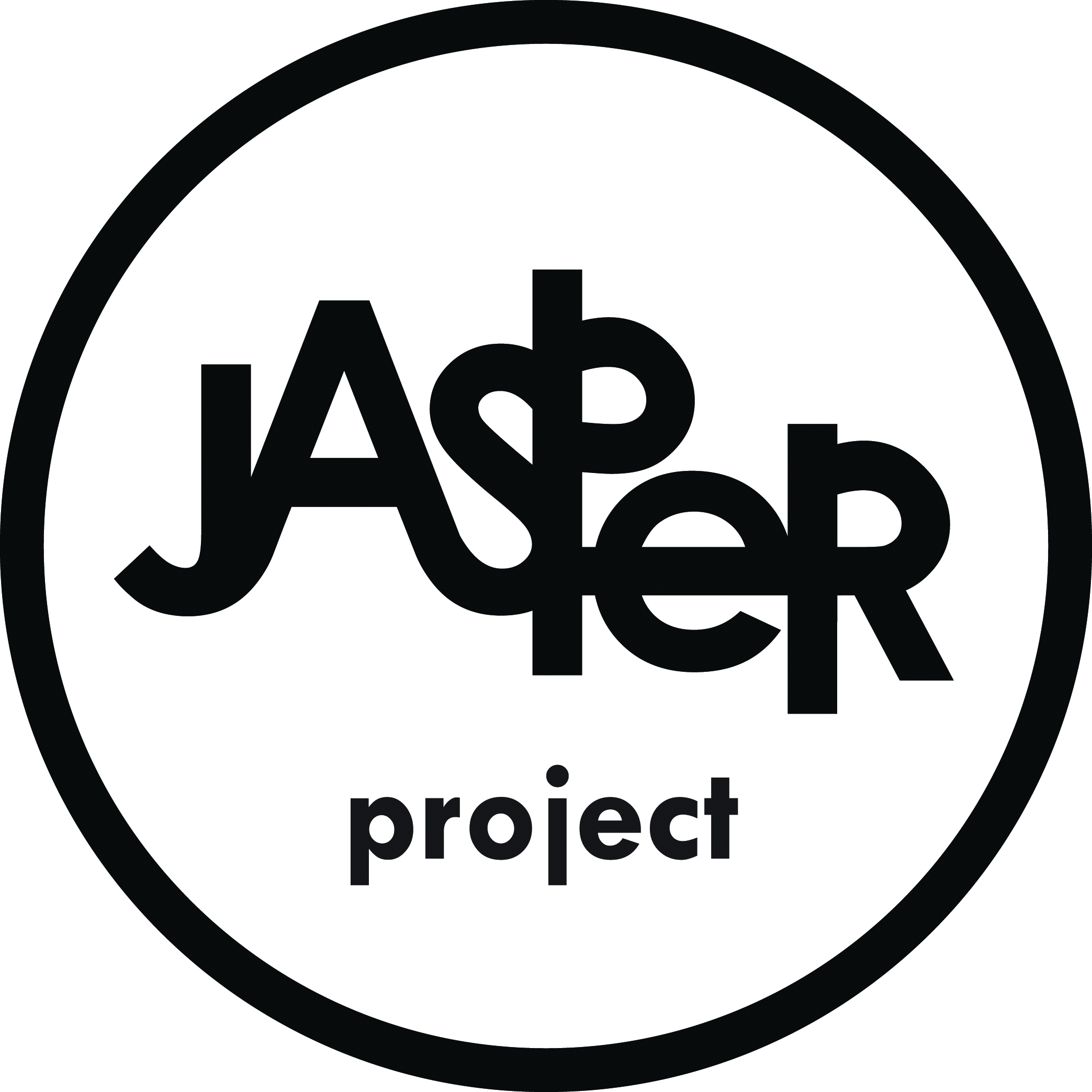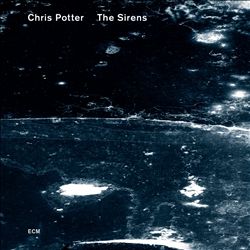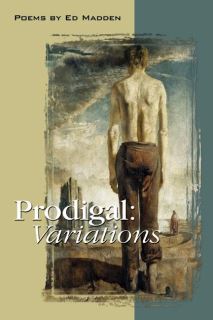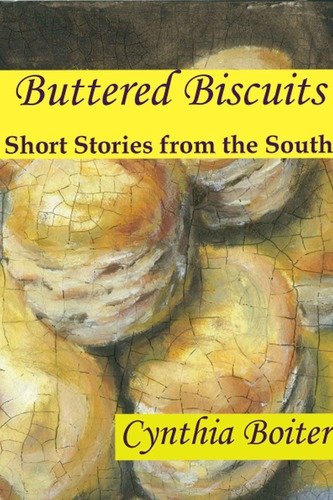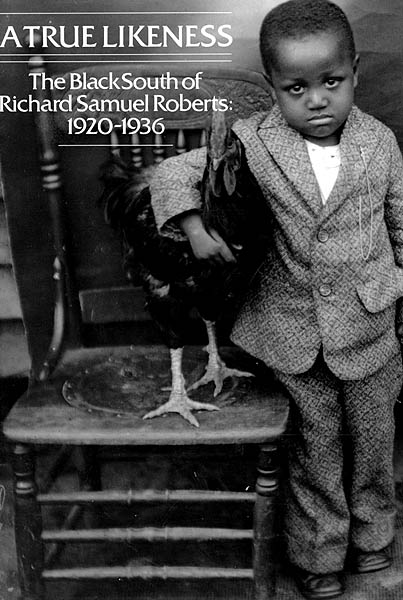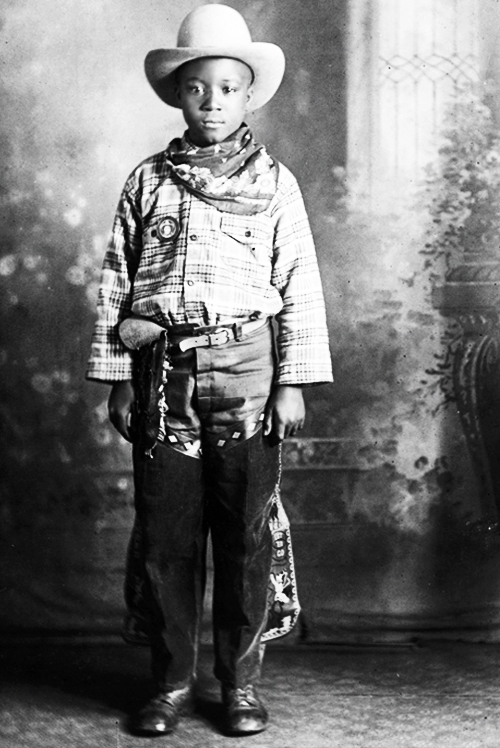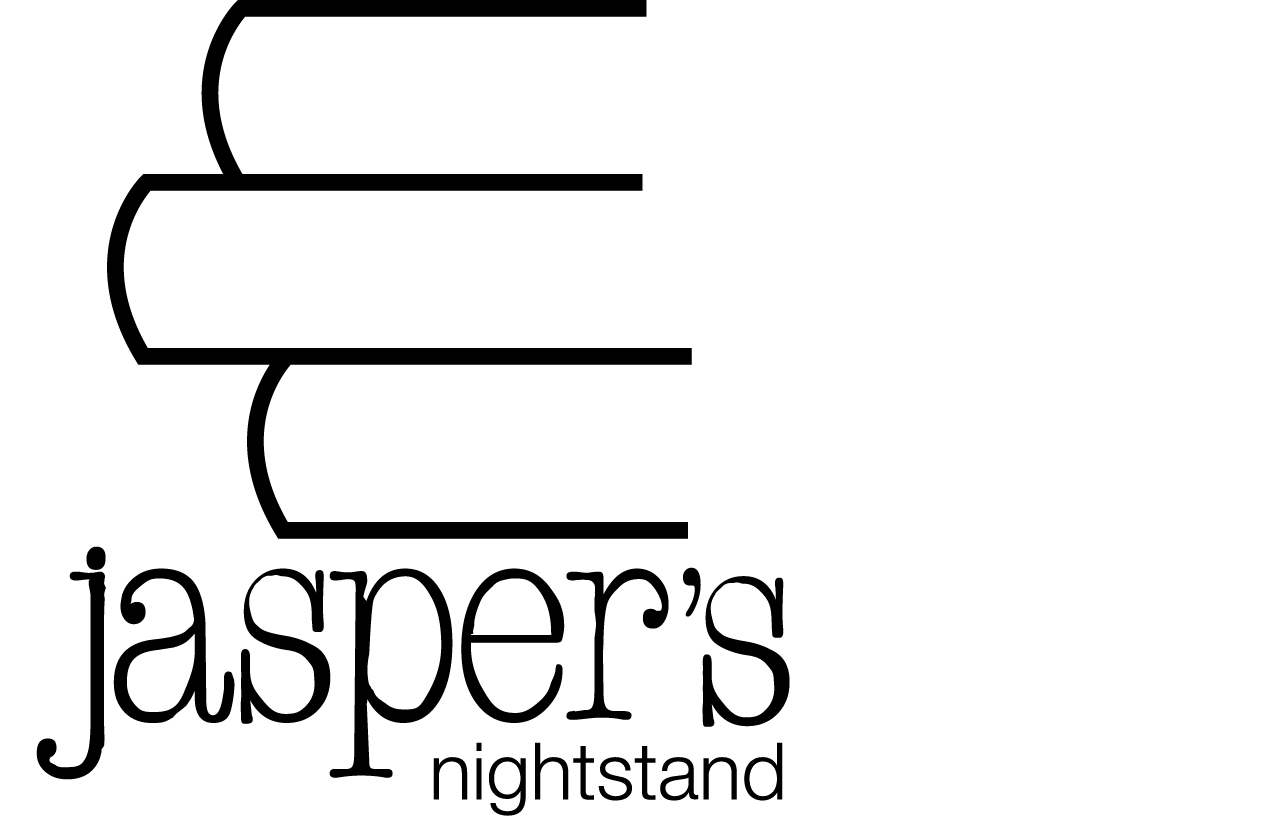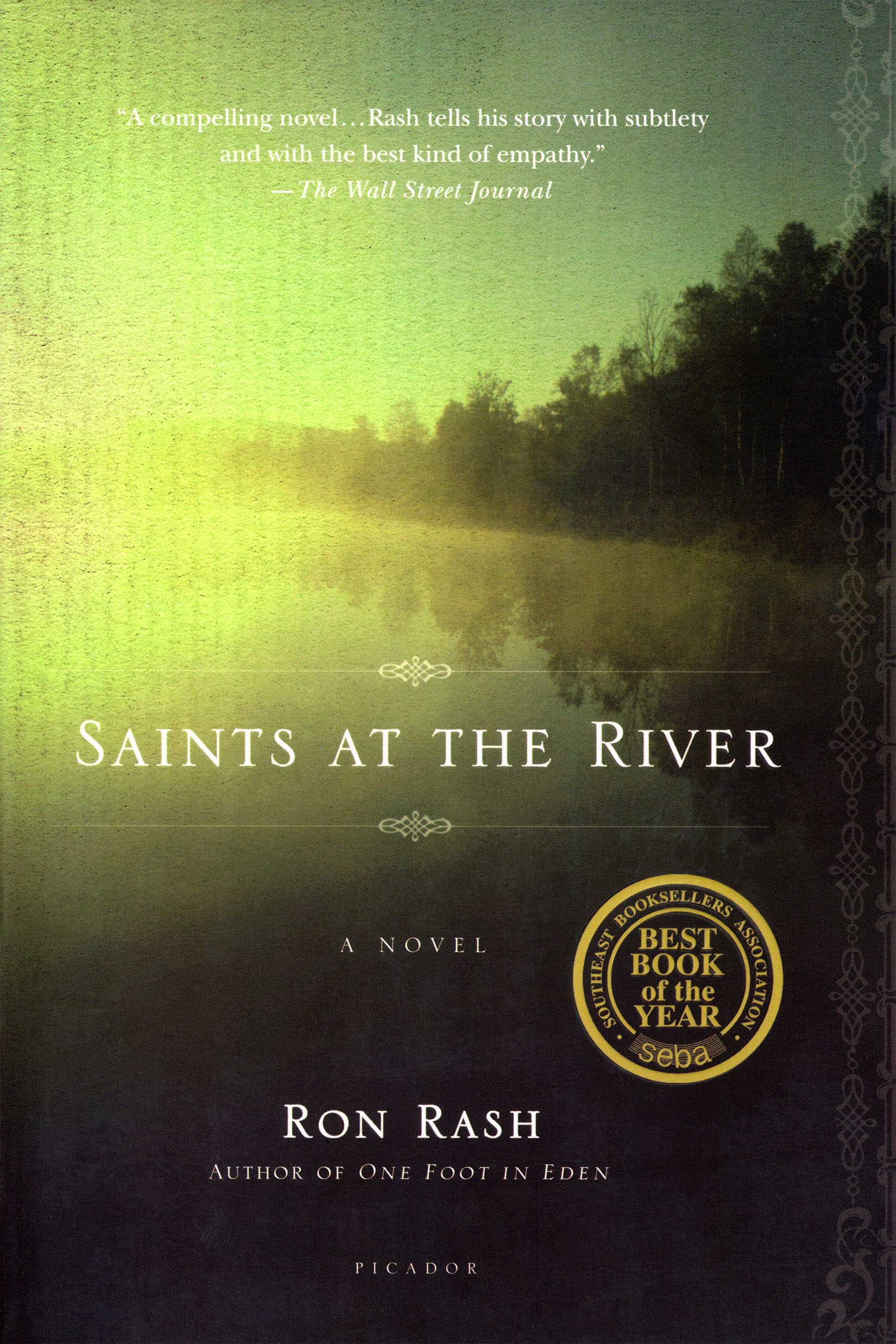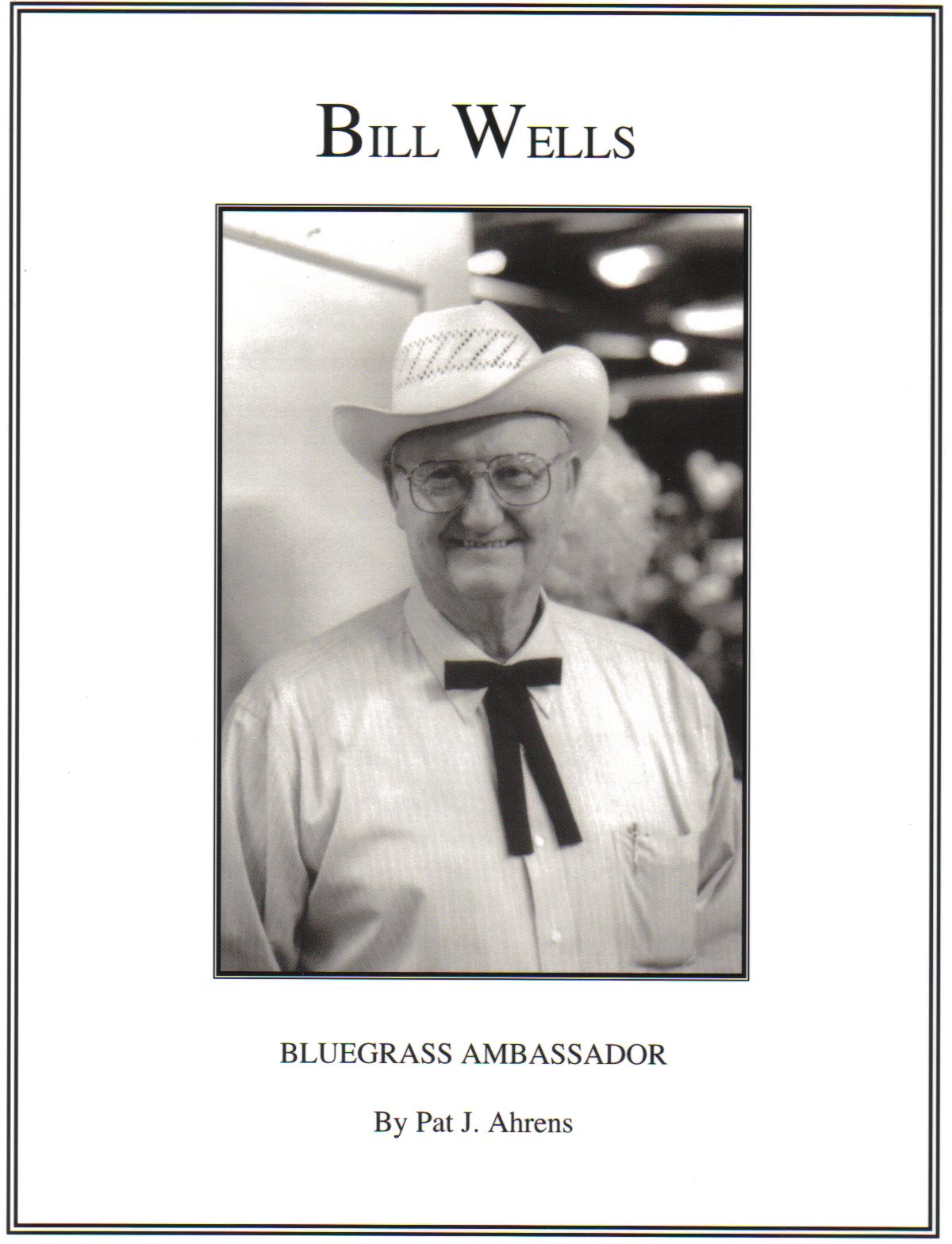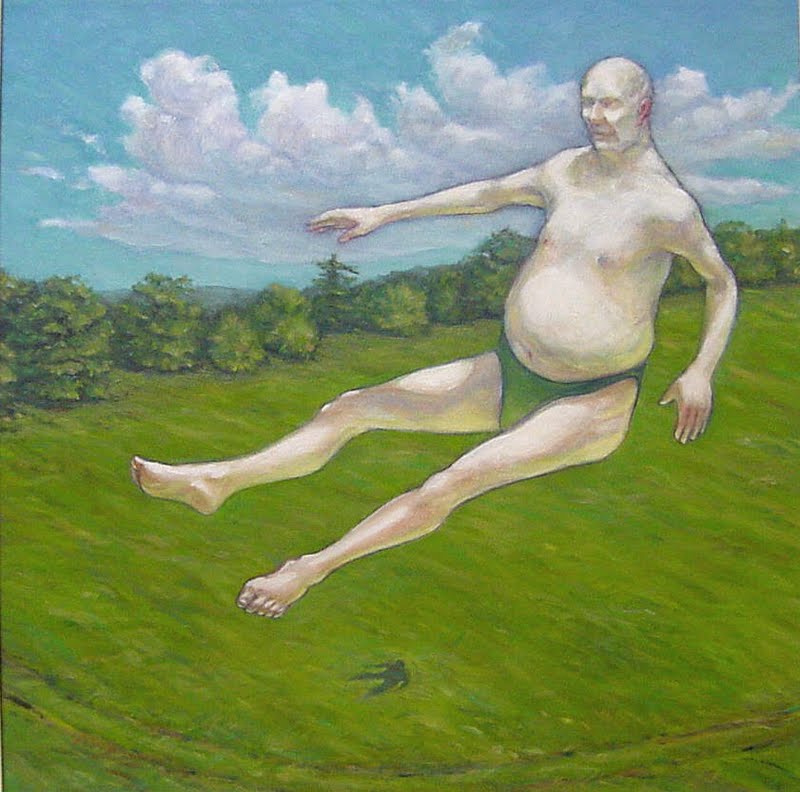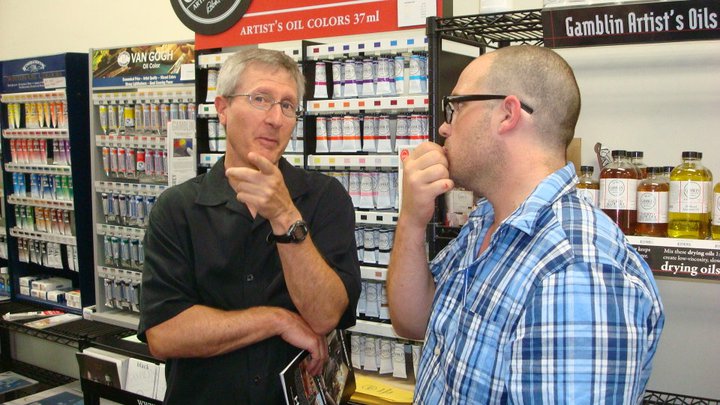 AUTHOR'S NOTE: Mike Miller has withdrawn from the race for Columbia city council, and, frankly, I'm depressed. You should be too. We all should be. There were many reasons Mike should be on city council. I think I might mention a few here. Initially this was meant to be a ringing endorsement of Mike on behalf of the freak (a.k.a. arts at large) community. Now I'm not quite sure what it is other than another goddamn admonition to the voters of Columbia to remember that if you want to affect positive change, start around the corner. Vote in your local elections, and pay attention to what the folks who are running for ACTUALLY stand for and whether they're actually going to do anything once they're elected. Anyway, here's what I had to say.
AUTHOR'S NOTE: Mike Miller has withdrawn from the race for Columbia city council, and, frankly, I'm depressed. You should be too. We all should be. There were many reasons Mike should be on city council. I think I might mention a few here. Initially this was meant to be a ringing endorsement of Mike on behalf of the freak (a.k.a. arts at large) community. Now I'm not quite sure what it is other than another goddamn admonition to the voters of Columbia to remember that if you want to affect positive change, start around the corner. Vote in your local elections, and pay attention to what the folks who are running for ACTUALLY stand for and whether they're actually going to do anything once they're elected. Anyway, here's what I had to say.
*
Politics and art are eerily similar in America. To the vast majority of the population they:
- A. are far too complicated, paradoxical, cryptic and boring to even try to comprehend;
- B. are easiest to accept when kept safely behind large, preferably hard wooden doors inside halls of marble and plaster;
- C. are of little or no use until they mingle with religion, sex, bodily fluids, or any combination of the three;
- D. must fall precisely within the parameters of an individual's beliefs concerning the proper use of religion, sex and/or bodily fluids;
- E. are deemed "impeachable", "obscene", or both, if they don't fall precisely within said parameters.
Perhaps this is why artists and politicians get along so well … Marilyn Monroe and the Kennedys … Bob Evans and Henry Kissinger … Frank Sinatra and the Reagans … when you run with the damned, there's little need to discern which circle you're mingling in, and there's no telling who you'll meet, who you'll end up in bed with, or what you'll learn.
Which is how, I suppose, I managed (being what might be described as an artist) to dip my toe in the milk of local politics, and why I'm attempting to talk about them here having done some practical learning. Last year, when I was helping to get The Tapp's Arts Center built and partially funded by the city of Columbia, I attended what seemed like countless meetings (but probably amounted to no more than six or eight) at city hall and thereabouts. My experiences only added to my belief that politics and art are not too distant cousins.
I'm looking over the notes I took during a 'what will remain un-named' subcommittee meeting at city hall. It reminds me of most 501-c3 board meetings I've been to (only, you couldn't pay a local reporter enough to attend a non-profit board meeting and take notes, which, I guess, makes me look foolish for writing this stuff down, but, hey, I never said I wasn't a fool):
- quote: "…trying to get their arms around that 800 lb. gorilla…"
- '____' (a local reporter) looks B-O-R-E-D…
- quote: "Who brings a mini-van to a gun fight?"
- The people running this shindig are the same people who can't stay in their seats until intermission at the opera… when's the intermission for this fucking show?
- quote (of the day): "…dog ain't got no more hair on it…"
You should never get a bunch of artists OR politicians in the same room trying to decide something. If one of them has a plan which they need help putting together, chances are, no matter how great the person's idea is, it will disappear into a storm of great ideas that everybody else in the room has, because, as you're probably starting to understand, none of them give a shit about anybody's ideas but their own. Just like politicians. Only, getting a bunch of politicians to decide on something is twice as difficult, because, not only do they have to agree that one person's idea is best, then they have to vote on it, which, as I have seen firsthand, can take months. "Why on earth should it take months to vote on something that everyone agrees on," you ask? I respond with another question: "Who brings a mini-van to a gun fight?" Exactly.
*
To find any one person who truly gives a shit and is somewhat knowledgeable about both art AND politics in this day and age is rare; to find them in public office is astounding. You have to be truly interested in your community to engage in pushing the arts as a politician, and you have to be significantly less ego driven than most if you are an artist who is trying to effect political change (of course, there's a third option which applies to both politicians pushing arts and artists getting involved in politics: you can be fucking insane).
When I met our mayor for the first time, I was impressed by the fact that he introduced himself as "Steve." I was impressed when I watched him have an assistant usher a woman, who became very upset by how disrespectfully she felt she had been treated at one of these endless meetings I attended, out of the meeting, and to find him actually talking to and encouraging her outside the meeting afterward. After getting to know him, I was impressed by how astute he seemed to be concerning how, when placed thoughtfully and with care within an infrastructure, the arts can function as a tremendous business catalyst in any city. Mostly, overall (and he is too much a gentleman to approve of my language here, but that's why he's mayor and I'm not) I was, and remain, impressed with how much of a fucking human being he is. Make no mistake, friends: human being sightings are rare among politicians, whatever side of the fence you fall on.
Don't get me wrong. Mayor Benjamin shakes hands and kisses babies with the best of them; but when it comes down to it, Steve is going to stick by his guns when it concerns getting things done that will make our city a better place … and, if you are on his team, or vice versa, he is going to laugh with you about it when the shit gets done. I happen to share his vision for what a cohesive community this city can, and should, be, and he and I were among a group of folks who believed that Brenda Schwarz's idea for an arts center on Main Street was integral to that vision, so it is easy for me to respect and admire him for that commitment to getting the job done.
Mike Miller falls in the same category as the mayor. As long as I've known him (socially for almost twenty years), he's always been "Mike." He is a gentleman of the first order. He has written with great care and passion about music in this town for … well, for as long as I can remember, and he's stuck by it through good times and bad. But more than all of this, Mike cares, genuinely and selflessly, about the city of Columbia as a community, and he not only believes that the arts can create stronger community within our city, he works to make it a reality, and has been for some time.
I could go down the list of all the amazing shit Mike has done in Columbia to make it a better, stronger community, but I'd rather tell you why I'm voting for him. I used to live around the corner from Mike, and he was always trying to drum up ideas to get the neighborhood together to get outdoors, have some fun, and get to know each other. What he and I are actually talking about in the photo above is the idea he had to screen free movies for kids when the weather got warm at a public park right around the corner from where I used to live. I told him, having made and projected films, that if he handled the red tape, I'd help out with any technical know-how that I could.
That's why Mike gets my vote. He's smart enough to know that if you want to create a community that cares about their city, get them together on a beautiful spring evening, give them some snacks and drinks, and put on a movie that they and their kids love, and you have a hell of a lot better chance of getting them together on any of the real issues plaguing our city, than if you treat them and refer to them as "constituents," which is as good as to say, "numbers." Or "voters."
By being a human being instead of a politician.
-- Alex Smith
Alex Smith is an actor, director and visual artist. You can reach him at alex@whatartmademedo.com or respond to this post in the comments section below.



